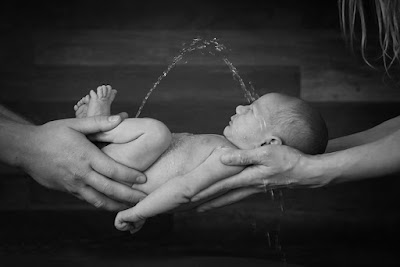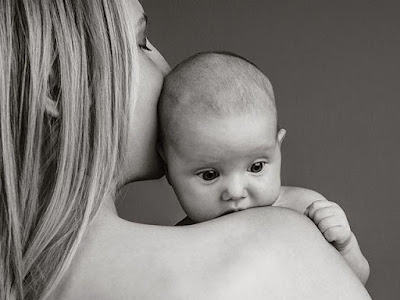Photo Restoration - Working With the RGB Channels
Mold and image fading was the noticeable problems of damage to a one of a kind of family photograph, and just one of a number submitted. Not to mention that the image was still wet and in a stage of a soft and fragile emulsion. This was the first area of damage to be addressed and made a priority before further handling could be accomplished. We proceeded to apply our "Premier Print Dryer Model TP (Twin Print)/110." The wet photographs were placed emulsion side up and monitored until flat and completely dry, approximately 10 minutes of time on average heat.
Now that the photos were dry and flat, they were subjected to intense ultra violet light to prevent further damage from the growing mold. Once completed the prints were safe to handle without further damaging the emulsion and the image. I prefer individual scanning rather than batch scanning so I can adjust setting based on the damage, and I have more control using a Flat Bed Scanner in the RGB Mode. For the restoration process I prefer "Adobe Photo shop" CS 3, 4 or 5. Two scans are required, the first to retain the original image and a second scan for the working copy, or the original scan be duplicated in "Photo Shop" for the same results.
Since the images were very faded due to being subjected to prolonged water exposure, my first attempts were made in Photo shop to intensify the RGB composite. When evaluating the initial results, which were not satisfactory, I decided to approach the RGB Channels to achieve the desired workable file. Each Channel was isolated separately evaluating the Mid-tones, Shadows and the Highlights of each channel. Of the three Channels, the Red one showed the most promise. It was duplicated to a new blank document with the use of the Histogram Tool. Adjustments were made to the Red channel to insure proper pigmentation in each channel. The Channel was then saved as a Gray Scale Photo Shop File. Later it would be reconverted as a JPEG file for the finished image.
The Gray Scale image was retrieved and opened in "Photo Shop." Then using the "Mode Tool" the image was saved to the RGB format and again retrieved to "Photo Shop. With the original scan on the workspace for reference, the new RGB image was outlined for each area of the image or masked using a "Masking Program" to separate the various elements to be hand colored using the Original scan. The outline or mask was saved individually to the "Select Tool" giving it a name identification. Once saved it can be called back to the image to load, adjust, and colorize with the pallet and the paint tool. I found that increasing the Color Saturation of the original scan prior to color picking the original makes for a better restoration. Once the image was separated by masks or outlines and full comprising is completed, the finished image should be saved as a PSD File to retain all the individual masks and outlines for further corrections.




Comments
Post a Comment